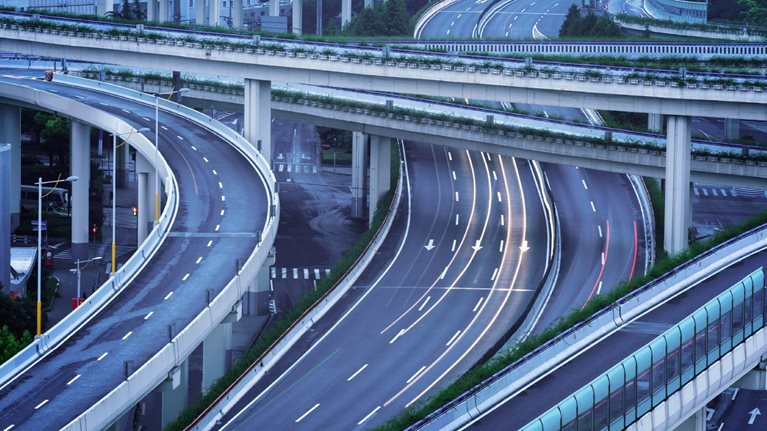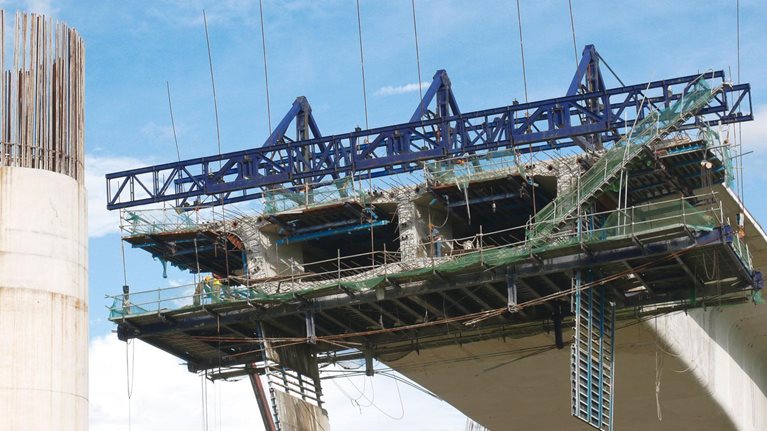In 1894, the American photographer William Henry Jackson traveled around the world, documenting how different nations moved their people and their goods. Jackson’s photographs, commissioned for an exhibit at Chicago’s Field Museum (then known as the Columbian Museum of Chicago), feature everything from pack elephants in Hyderabad to dog sleds crossing Russia’s frozen Amur River.
What’s truly remarkable about Jackson’s photos, though, is not how they differ, but what they share: each nation, he showed, needed to tame its terrain, connect its peoples, and knit together a changing world.
In the 120 years since Jackson’s journey, not much has changed in this respect. By that I mean that if we commissioned similar pictures today, they would show that countries everywhere, despite their differences, still need to invest in transportation.
There are data, not just old photographs, to prove this. According to the World Economic Forum, the world is spending $1 trillion less than it needs to on infrastructure every year. (That price tag includes public works other than transportation, such as power plants and telecom networks, but transportation is the largest single item.)
Of course, the kind of investment needed depends on the place. Some nations must maintain older infrastructure. Others must build new. Most must do both.
The United States falls into this last category. Our infrastructure is aging. As President Obama points out, America has 100,000 bridges old enough to qualify for Medicare. The US Department of Transportation estimates that there are more than 63,522 “structurally deficient bridges”—meaning that they require repair or should be replaced altogether.
At the same time, future trends demand that the US transportation system be expanded. Here is just one reason why: the United States will be home to up to 100 million additional residents by 2050. To support them, we’ll have to move 14 billion additional tons of freight—almost twice what we move now.
I believe that we can address our challenges in a way that is both instructive to—and in partnership with—the international community. As we see it at the Department of Transportation, there are three priorities.
First, we have to increase spending above and beyond recent norms. European nations, on average, invest 5 percent of GDP in infrastructure; the United States, only about half as much (including state and local funding). It is also important to make sure that the flow of money is stable and continuous. That is not happening.
Over the past six years, Congress has funded transportation through 28 short-term measures. Former mayors like me know that uncertainty undermines state and local leaders. When states don’t know if, or how much, federal funding will be available, they start to pull projects off the books and halt construction. This exacerbates underinvestment because such delays make projects more expensive. For these reasons, my department has been pushing for more investment in transportation and also for a multiyear approach to funding transportation with a bill called the GROW AMERICA Act.
Second, while it’s true that the United States cannot solve transportation problems without a funding bill, it is also true that we can’t solve all of our challenges exclusively through public funding. We must also look to the private sector.

Voices on Infrastructure, Number 3
To this end, we’re working on a government-wide effort to encourage more innovative financing strategies, such as public–private partnerships, to help narrow the infrastructure deficit. For example, we are working to create a new one-stop shop where those interested in investing in transportation can learn more about financing options. Once this is established, everyone from state and local government officials to private developers and international investors can find out what kind of financing models might work best for them. We will also help them better understand our department’s credit, loan, and other programs.
Third, we need to address a common (and fair) criticism of US transportation projects: They move too slowly. One of the biggest barriers to private investment in public works is red tape. For instance, the permitting process for a bridge may take years before a shovel is ever put in the ground. Every nation looks at permitting differently, but I think the general principle that the Department of Transportation is advancing is a universal one. Rather than one government agency having to approve a project before the next can review it, we’re moving toward a system where all these reviews happen concurrently. For New York’s new Tappan Zee Bridge, this meant that the permitting process, estimated to take up to five years, was completed in just a year and a half.
We’re doing something similar when it comes to the environmental oversight. Rather than conducting environmental reviews project by project, we will cover many projects with a single review. The challenge is to make this happen on a broad scale. If we do, the result will be lower project costs—and that means that we can do more with our transportation budget.
None of this will be easy. There are many obstacles to improving US infrastructure, including high project costs, budget deficits, political resistance, and engineering difficulties. But many other countries are confronting the same challenges; they know that not facing them is not an option. The nation that successfully maintains and modernizes its transportation is a nation that plays to win on the world stage.
The United States must be such a nation.


